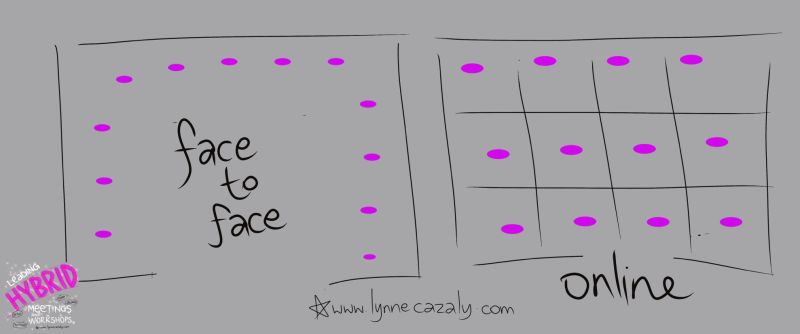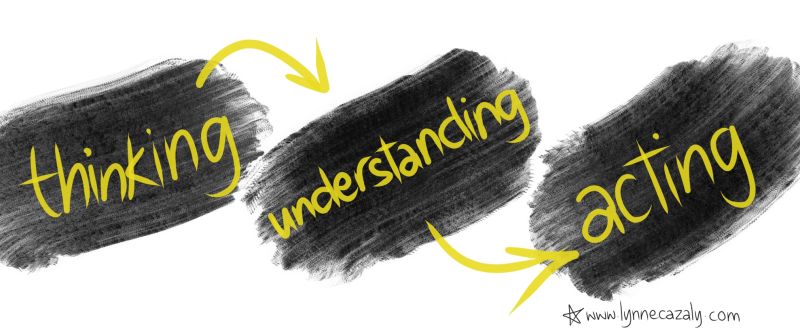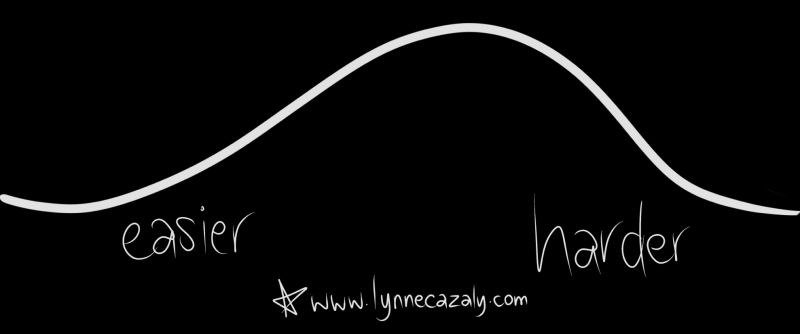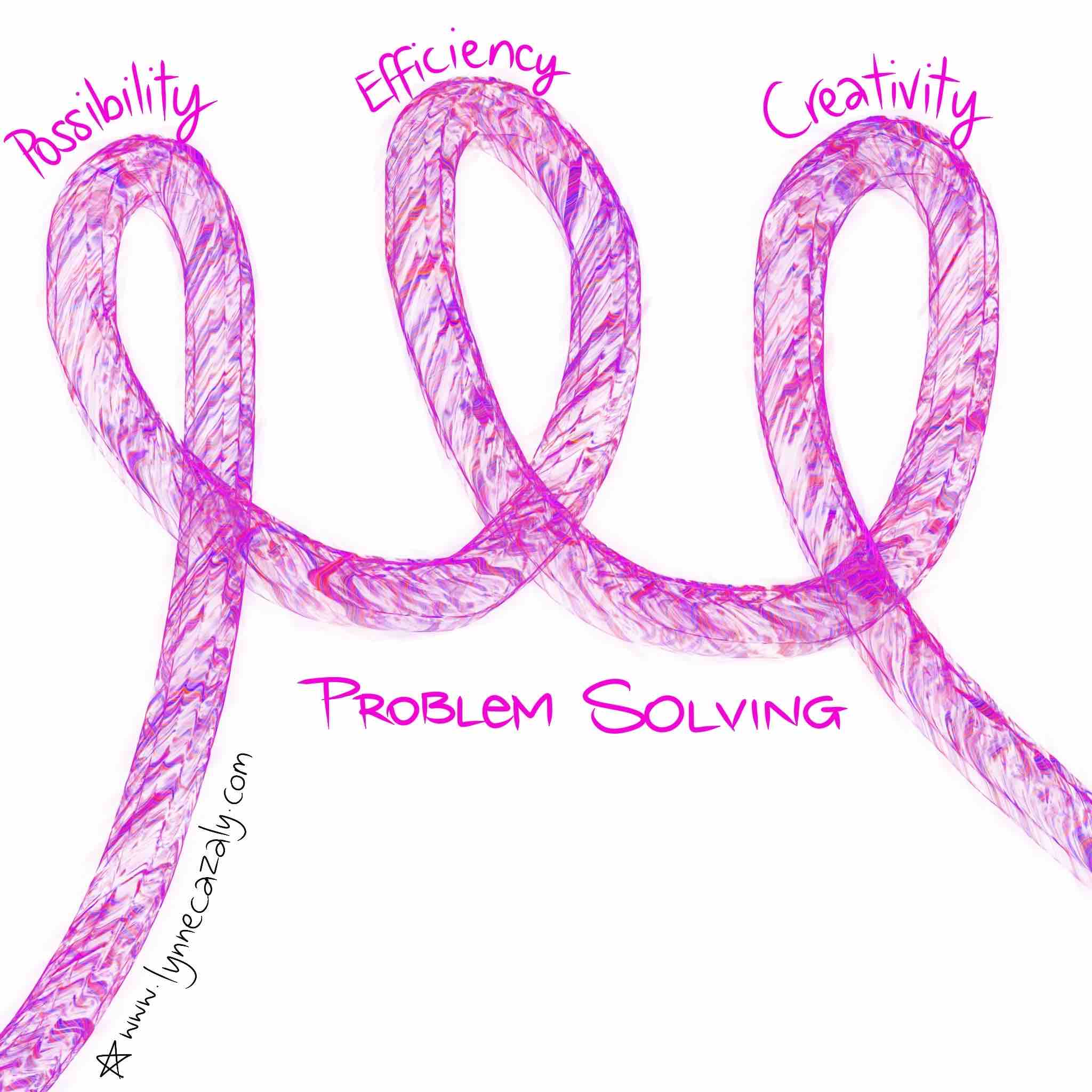Face to face ➡️ Online How did you change
 Wednesday, September 15, 2021 at 8:08PM
Wednesday, September 15, 2021 at 8:08PM  As many face to face workshops and meetings shifted online over the past year, it’s curious to look back: What did you change?
As many face to face workshops and meetings shifted online over the past year, it’s curious to look back: What did you change?
If you’d planned an agenda, how did things need to adapt?
Did you change the duration?
Or the time between breaks, or length or number of breaks?
Did you change what was planned?
What about group activities and collaboration?
Did you accelerate and make things faster? Or did you need more time, multiple meetings instead of one?
Many meetings and workshops that went online, only changed mode: sadly, they remained as disengaing and unproductive as ever!
But now as more hybrid arrangements begin - some people are online, some people are mobile or onsite - we need to consider, adapt and change things again.
How did you first adapt meetings and workshops that moved online?




















